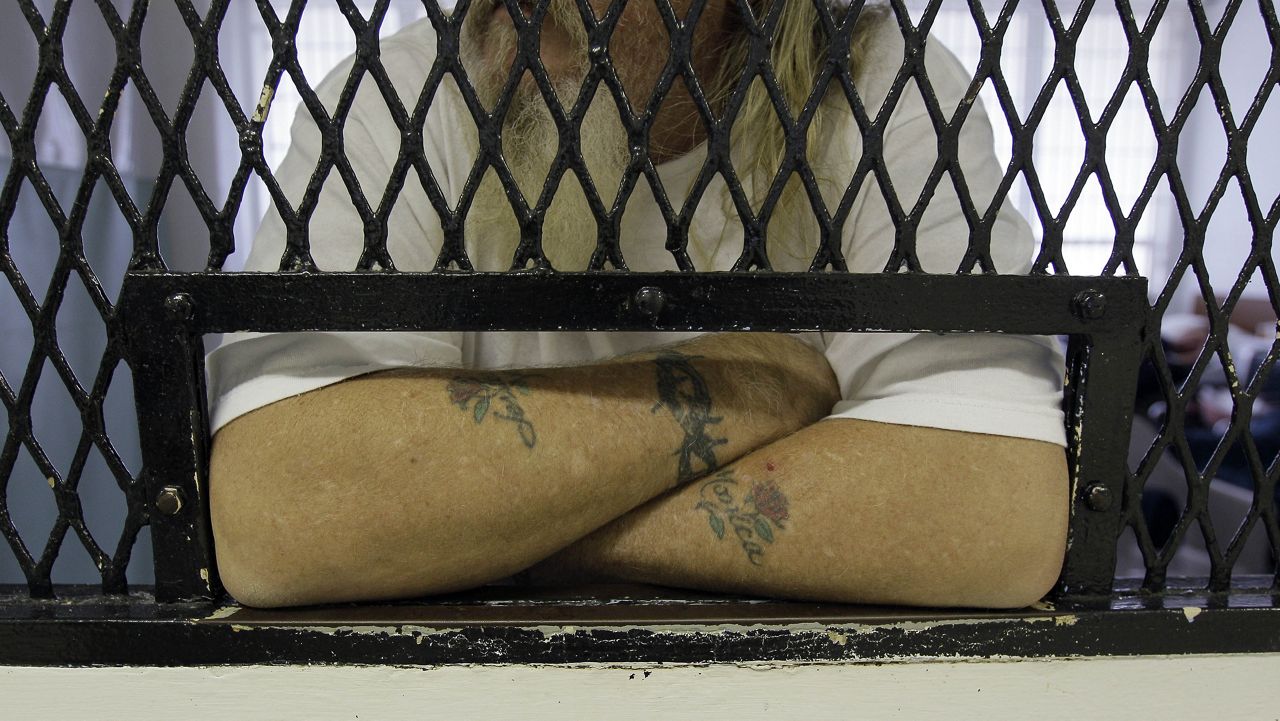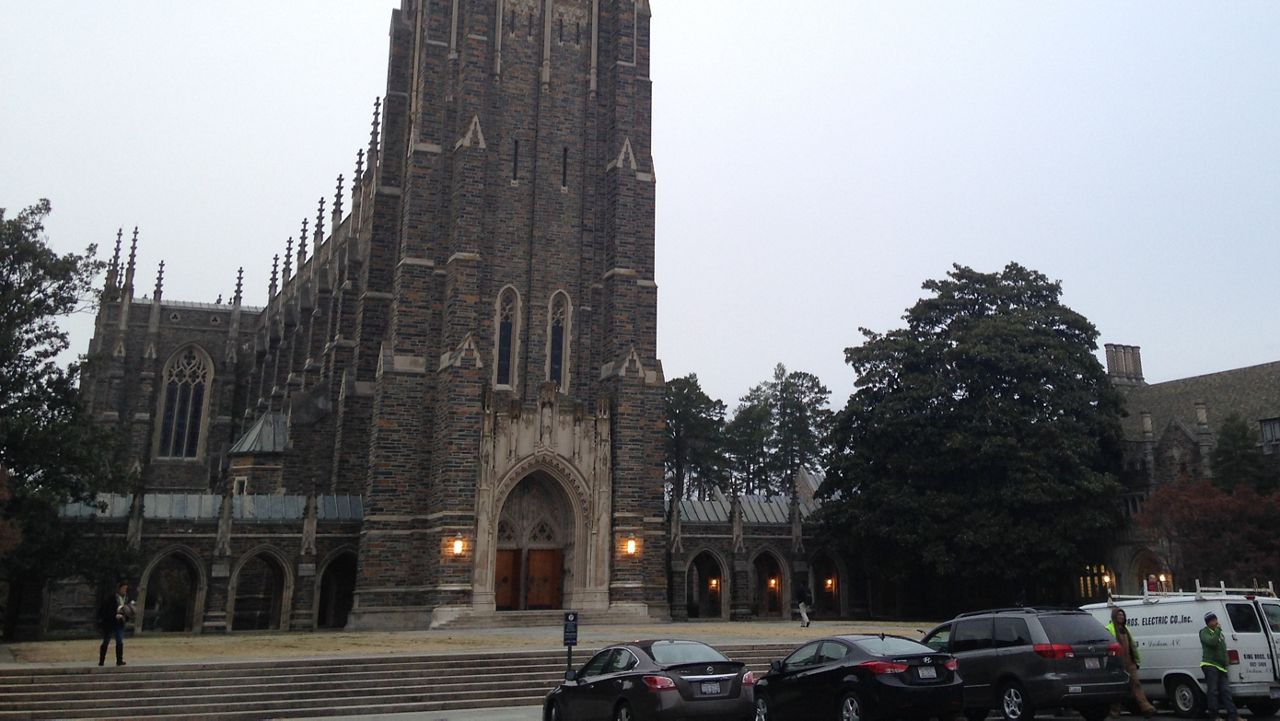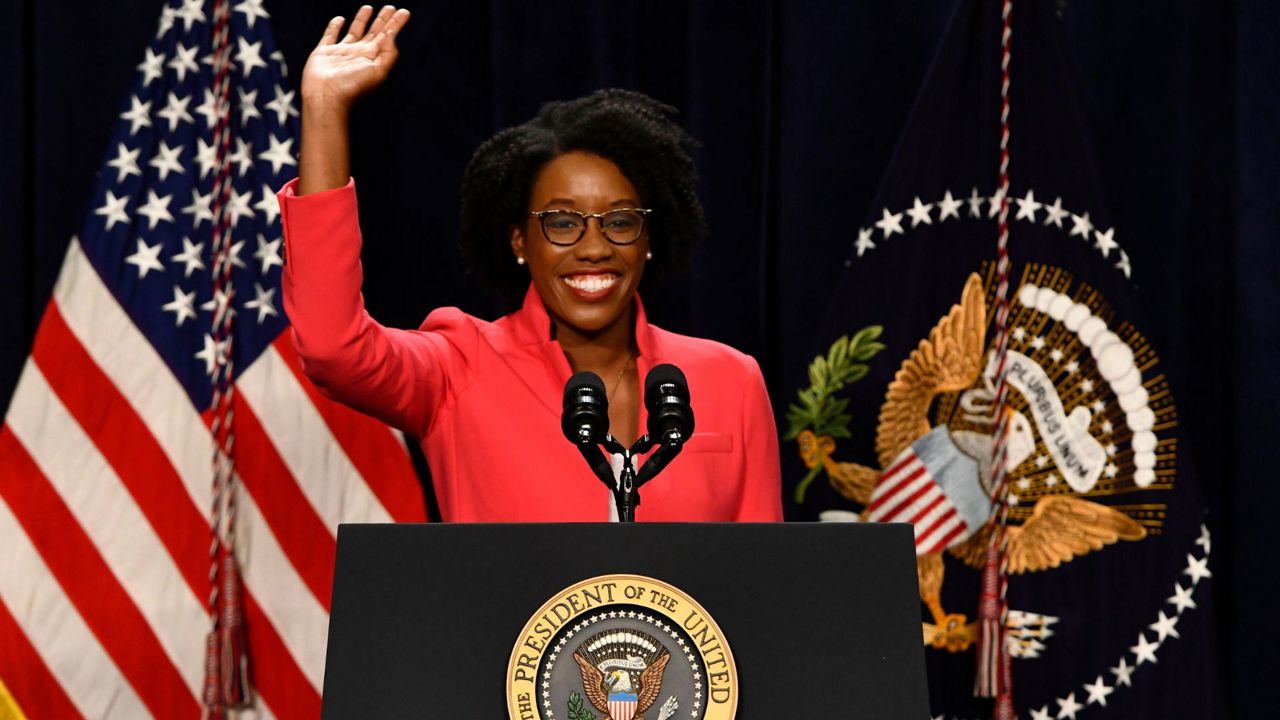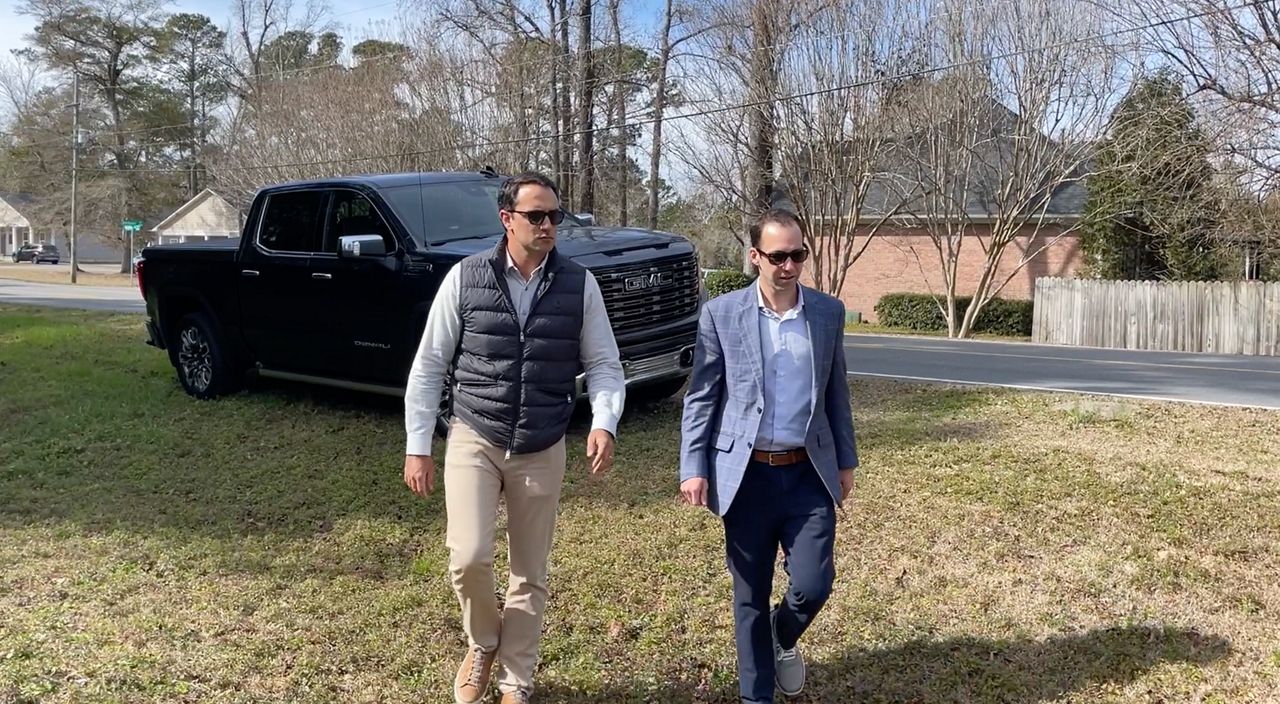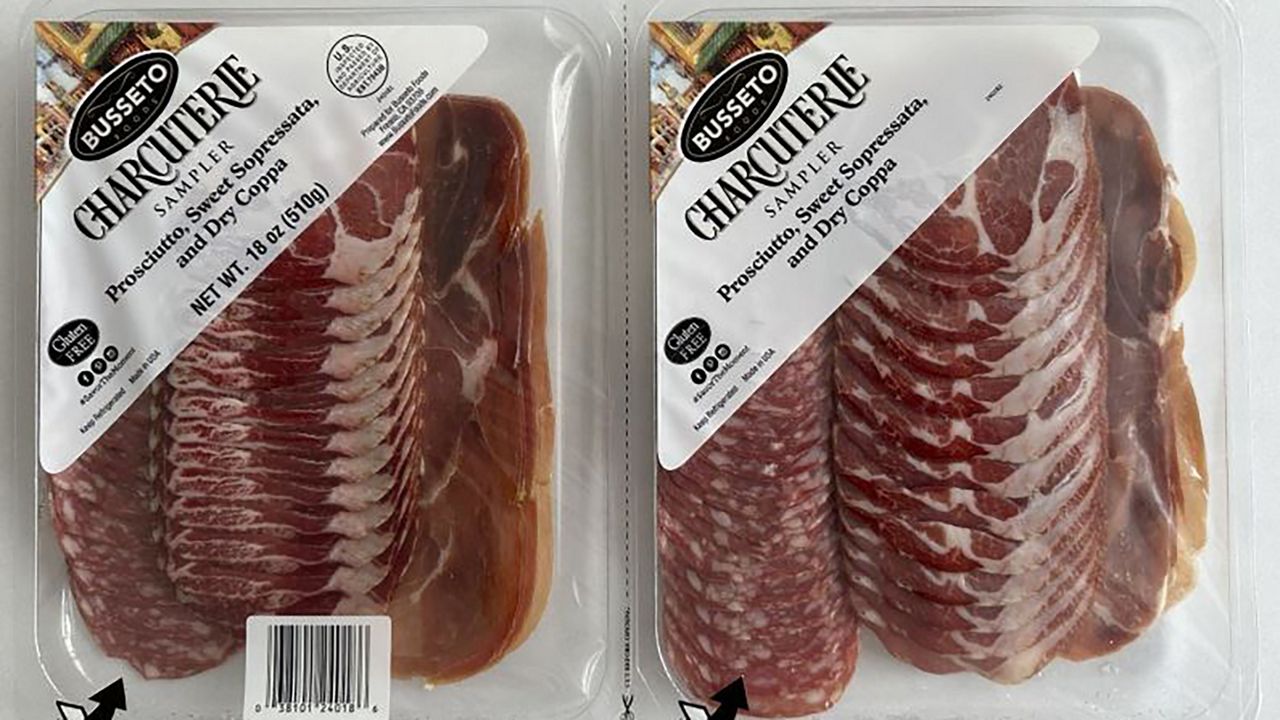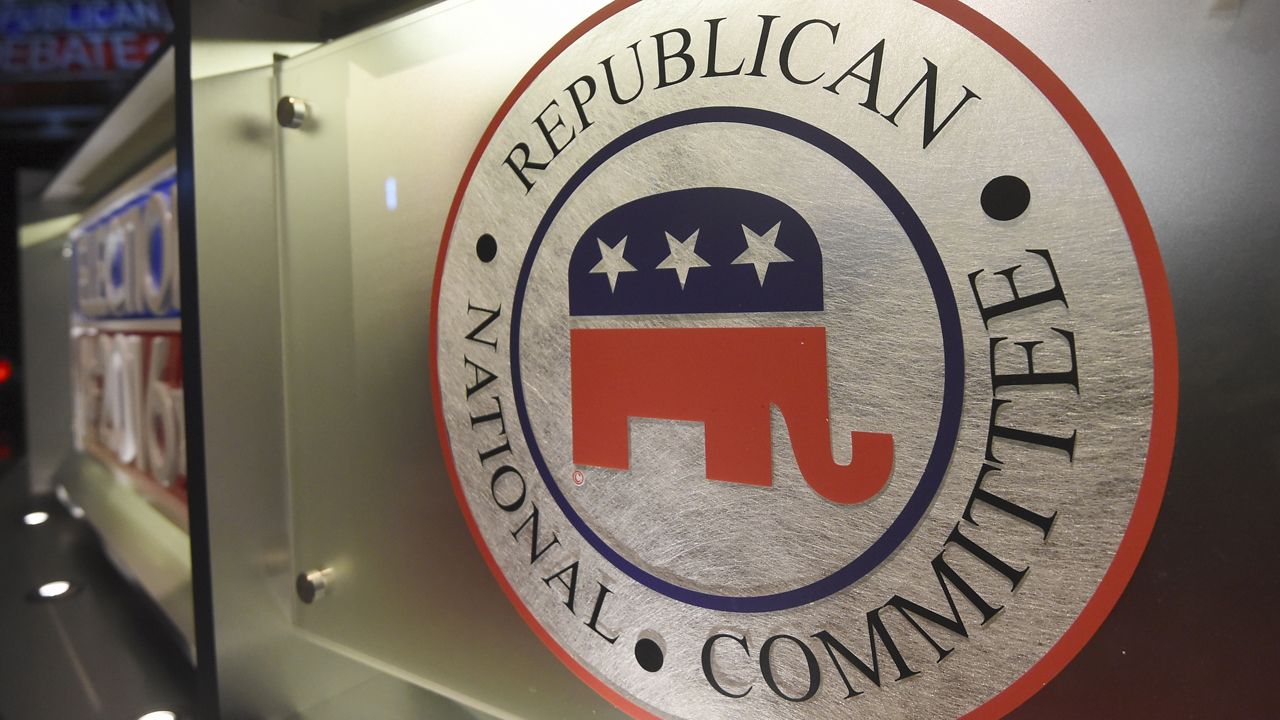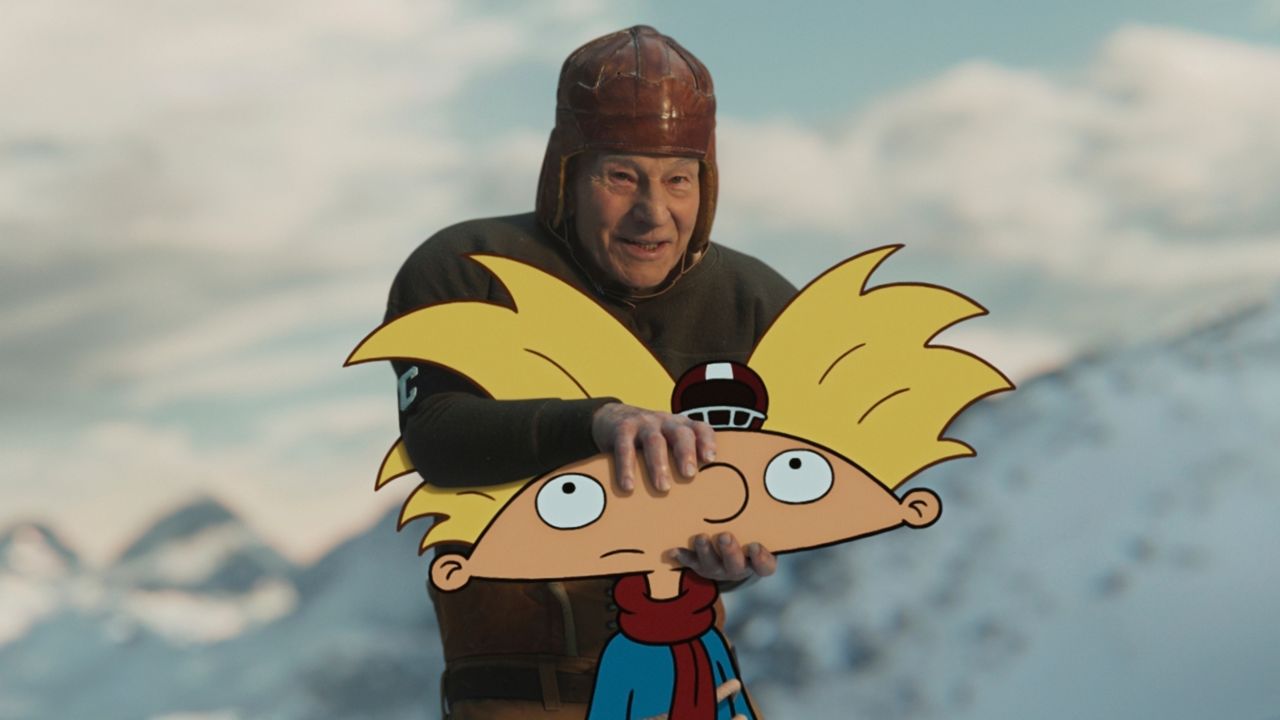

When 6-foot, 9-inch rookie guard Magic Johnson ushered in the Showtime era Los Angeles Lakers in 1979, the team revolutionized the NBA with its relentless pace, instant success (winning five championships in the span of a decade), and Hollywood glam appeal. The great challenge for Adam McKay’s HBO series, “Winning Time: The Rise of the Lakers Dynasty” (which concluded Sunday), was recreating the essence of the Showtime offense as iconic, dramatic beats. This included Magic’s first showdown with Boston Celtics rival Larry Bird at the Boston Garden, and the stunning game six Finals clincher over the 76ers in Philadelphia without an injured Kareem Abdul-Jabbar.
“Ultimately our goal is to dramatize it, to get inside it, and to try to give a window into their games for an audience that makes it feel as if you’re living in it,” showrunner Max Borenstein told IndieWire. “It’s the same thing that we do when we put audiences behind the closed doors to imaginatively get inside a conversation. Rather than reproducing specific highlights, which sometimes we do, it was about trying to reproduce the vibe and the energy and the emotion of it. It might not be the exact play that happened on the court, but we’re distilling down the essence of their basketball personalities.”
The 10-episode first season was shot on film in a mix-and-match archival style that was split between cinematographers Todd Banhazl and Mihai Mălaimare Jr. “Our earliest discussions surrounding how to shoot basketball revolved around how to get inside the plays and help the audience understand the dynamics of why Showtime was so special,” Banhazl told IndieWire by email. “And also how to connect the camera kinetically and emotionally to the players. Showtime is extremely fast, and we knew we’d be recreating very well known plays from Lakers history, so accuracy was also very important.”

“Winning Time: The Rise of the Lakers Dynasty”
HBO
After a series of tests, they struck the right balance between reproducing archival footage, staying true to the way each game was captured back in the day, and finding innovative and visually interesting modern methods of shooting. “The games were made out of small beats and one of our main considerations was to keep track of it all so we won’t repeat,” Mălaimare Jr. said by email.
They decided that the bulk of the basketball footage would be shot on 35mm and 16mm handheld cameras to lend an added aura of documentary realism. But they wanted to take it further in terms of using other vintage formats to bring these famous plays to life. “The first key was discovering and testing the Ikegami tube video cameras to recreate the games for television,” said Banhazl. “The Ikegamis are very similar to the actual TV cameras used to shoot the real games in 1979. When we placed the Ikegamis in the exact positions that the TV cameras shot for the real games on TV, and you framed up on our players in their period uniforms in the beautifully recreated Forum arena, it truly was like a time machine.”
However, the revelation for McKay and Banhazl came when they realized not only could they shoot the games on the tube cameras like they were on TV, but they could also break that rule and use the cameras in close-ups, framing in modern 16:9. “It felt like we were dunking our heads inside the archival footage,” Banhazl added. “The actors looked like the real players on TV at the time, but the emotions were heightened like it was happening in the present moment. So we incorporated the Ikegami cameras into our narrative style [outfitting them to function like modern cameras], praying they wouldn’t die on us.”

“Winning Time: The Rise of the Lakers Dynasty”
HBO
They additionally used 8mm to grab glimpses on the sidelines, inside the huddles, among the crowd, and important kinetic details of the plays. But the answer to how they would keep the camera physically and emotionally connected to the players came when key grip David Richardson introduced Banhazl to John Lyke, who could operate a camera while Rollerblading. “John comes from the extreme sports world,” Banhazl said, “and had already shot a great deal of basketball where he had begun to learn how to work within the players, on his skates, with a small handheld camera in his hands. Everything opened up for us when John came on board. We equipped John with a lightweight handheld Arri 416 16mm camera on a backpack rig [so he could keep up with the players up and down the court].”
The basketball coordinator designed plays based on the script, and multiple rehearsal days were scheduled for each basketball sequence, where they would watch and refine plays with Borenstein and directors Payman Benz and Salli Richardson-Whitfield for the critical games. Mălaimare Jr. helmed the season’s training camp episode, which he said, “allowed us to throw all the tools in and see what works and what needs more tweaking.”
“The Celtics game, on the other hand, was the peak for my episodes,” said Mălaimare Jr. “It was a long scene that had so many elements and a lot of iconic basketball imagery. There were so many bits and pieces to cover we had to create a map with camera positions for each moment.”

“Winning Time: The Rise of the Lakers Dynasty”
HBO
With Magic (Quincy Isaiah) facing off against Bird (David Purdham) for the first time in Boston, a new chapter unfolded in what would become a legendary NBA rivalry. Yet Bird had extra motivation after losing to Magic in the NCAA championship the previous year. “The Lakers trap and score and draw first blood, but, by the end of that first quarter, it’s still kind of a street fight,” Borenstein said. “And, in that second quarter is when Bird strikes back and you see not only what a brilliant shooter he is, torching [the Lakers], but he [trash] talks as well as anybody in the league and puts them on their heels. The Lakers start realizing this leprechaun thing is for real. No, you’re looking at him — it’s Larry Bird.”
But then it becomes more of a street fight in the third quarter, when momentum swings the Celtics’ way and they get the benefit of the Garden’s signature parquet floor, the noisy crowd, the refs, and their championship pedigree. “And then finally, in that fourth quarter, you’ve got elements of the actual game, which was more complicated,” Borenstein added. “But we took key pieces and dramatized an iconic moment at the end, where finally Magic and the Lakers pull it together, overcome, and win. But, of course, it’s a victory that only sparks a fire in Bird.”
In the series finale, the Lakers go up against the 76ers in the Finals, who are led by the acrobatic Julius Erving (James Lesure). But when Kareem (Solomon Hughes) goes down with an ankle injury after winning Game 5, the Lakers are heavy underdogs with a chance to win the championship in Philadelphia. So Magic steps up to the challenge, jumping center, and surprising the 76ers.
“The overall design behind the sequence was to experience Magic in every position,” Banhazl said. “We used actual game play footage of the
famous game as our road map, and designed Rollerblade shots with the most balletic fluidity of the entire season to try and really connect Magic with his teammates. At this point, they have fully achieved Coach McKinney’s vision for how the Lakers can flow together. We also shot a lot super close-ups on Steadicam/Rickshaw to be able to live inside the emotional experience.”

“Winning Time: The Rise of the Lakers Dynasty”
HBO
“The breakthrough on the page and in the editing room was taking the footage we were given and having each quarter have its own personality,” Borenstein added. Magic putting on a tour de force performance as the Lakers sprinted ahead with a Showtime display that’s beautiful and balletic; the 76ers roaring back in the second quarter, with Jerry West (Jason Clarke) walking around tunnels in a fit of anxiety as the 76ers tied it up at half-time.
“But, in the third quarter, Magic comes out rejuvenated and the concept was he’s EJ the DJ, which was one of his identities,” Borenstein continued. “And so we have the music mix as he’s taking charge with that added quality. But then, by the fourth quarter, he’s exhausted and it’s about the prize fighter trying to get it together in the 12th round, and the team comes together for the win.”
But then Magic is taken back to his childhood memories of practicing at night in snowy Lansing, Michigan. To bring this cathartic moment up to the present, the Spectrum floor was lit with the same green/blue mercury vapor bulbs that lit the court from Magic’s childhood. “The idea was to blend and mix the past and present for the audience, bringing to a visual culmination everything that Magic has worked and dreamed for up to this moment,” Banhazl said. “The lighting then snaps back to reality, and the Lakers have won!”







